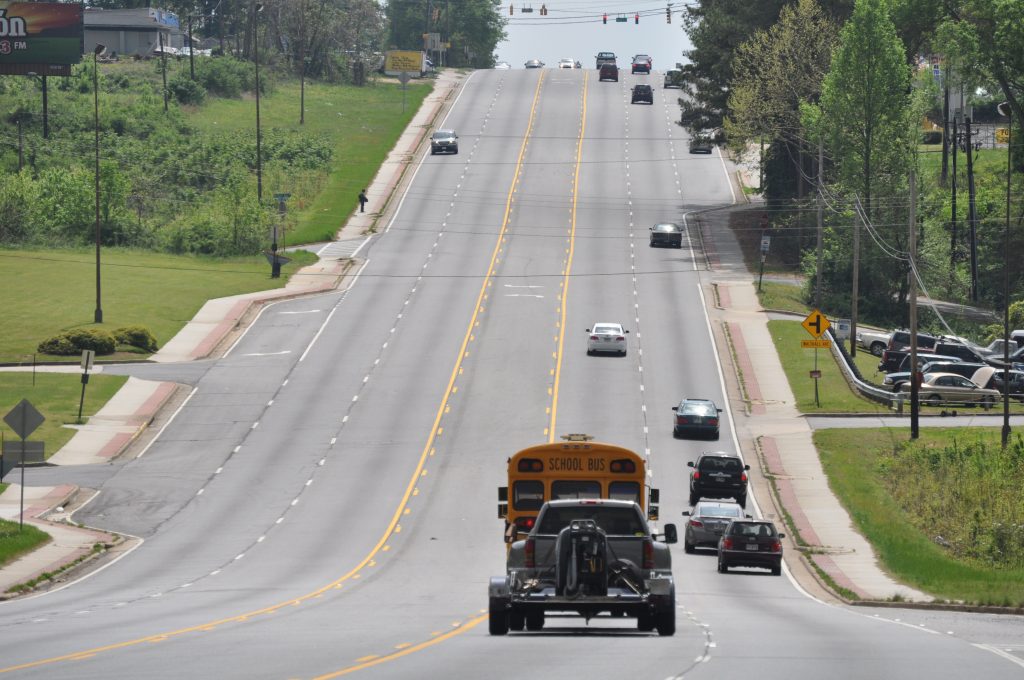Amazing Place series: Residents of Charlotte, NC expect to live in “great places”

We’re bringing five U.S. cities together at the Amazing Place Ideas Forum, an innovative, experiential event that’s all about placemaking as the core of an economic development strategy. As we prepare for the forum later this month, learn about each of the participating cities in our #AmazingPlaceForum series. Find out what Charlotte, NC has been up to, and what they hope to gain from the Forum.






